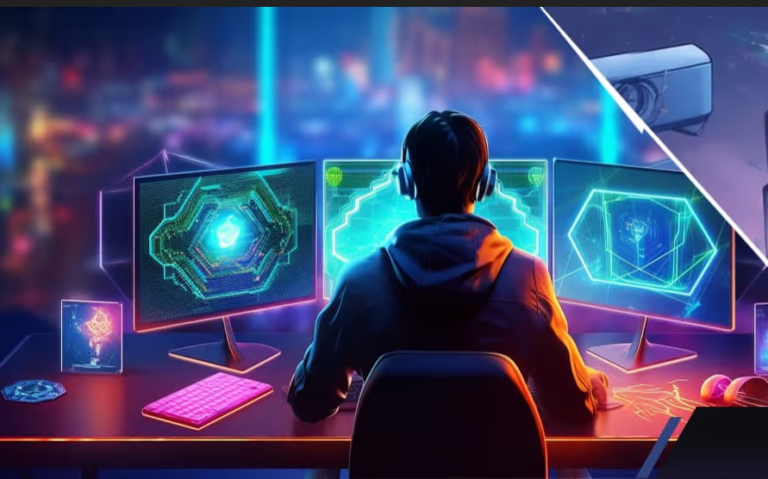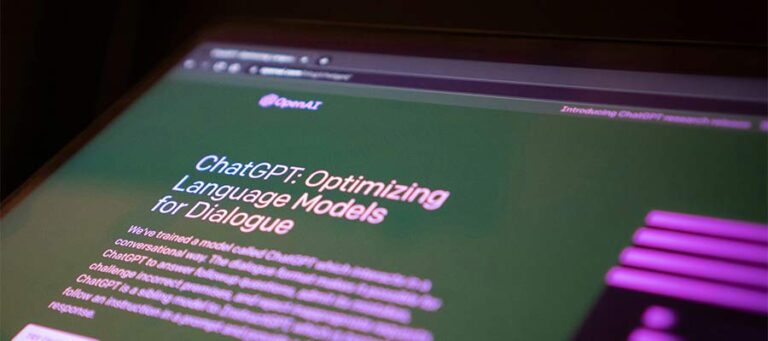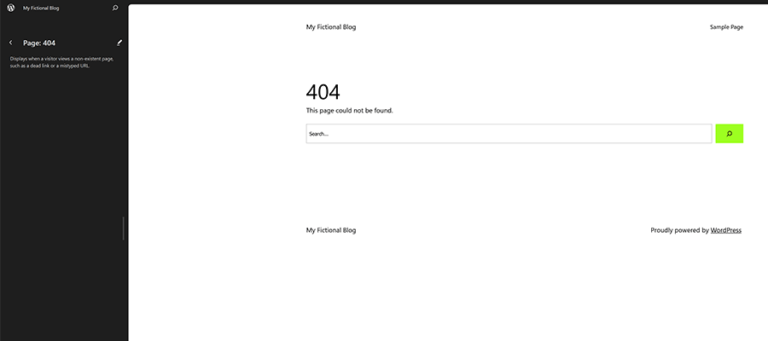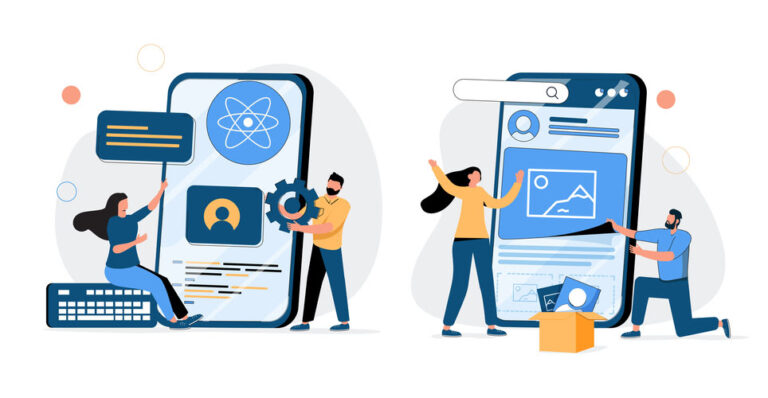Web designers often experience a sense of freedom and excitement when their creative ideas come to life on a screen. In the early days of the industry, there was a lot of creative energy as designers built the web from scratch. However, the industry has evolved, and now designers work with advanced tools and premade elements.
The focus has shifted from creating original designs to prioritizing efficiency, usability, and accessibility. Designers now start projects with frameworks, themes, and tools that provide a head start. While this may seem like a departure from the creative process of the past, it is necessary for busy designers who have multiple projects to complete.
Even though designers are no longer building from scratch, there are still opportunities for creativity. They can add a personal touch to predesigned components by customizing elements such as color, size, and typography. Designers can also choose components that offer minimal styling and use tools like Figma to design with specific components in mind. The process is similar to that of a collage artist, pulling different pieces together to create a seamless user experience.
While the convenience of these tools may make designers feel guilty at times, it doesn’t mean they are not being creative. They are using their knowledge and experience to build functional and beautiful websites in a more complex digital landscape.
Designers no longer have to spend as much time on the basics, allowing them to focus on the details that make a website stand out. While these new methods may have limitations, designers have always worked within parameters and found ways to be creative. The “a-ha” moments of creativity still exist, but the process of creating them has changed.
In conclusion, modern web design is a different art form that requires designers to adapt to new tools and frameworks. Despite these changes, creativity is still at the core of web design, and designers continue to find new ways to express their creativity within the constraints of the digital landscape.






